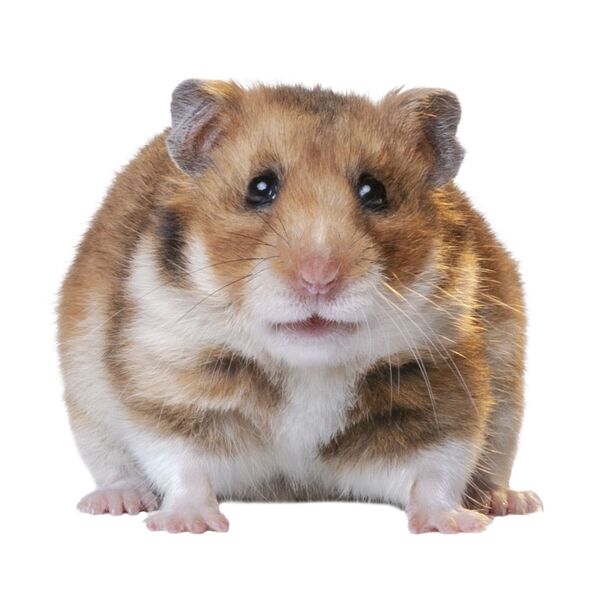Table of Contents
Syrian Hamster
Dwarf Campbell Russian Hamster
Dwarf Winter White Russian Hamster
Roborovski Hamster
Chinese Hamster
Hamsters are tiny, adorable creatures that make great pets for both kids and adults. But did you know that not all hamsters are the same? From their size and temperament to their specific care needs, different hamster breeds have unique traits that might suit different lifestyles. Let’s dive into the most popular hamster breeds and help you decide which one is your perfect furry companion.

Choosing the right hamster breed can make all the difference in your pet-keeping experience. Some breeds are more sociable and easier to handle, while others are independent and prefer minimal interaction. Knowing the differences will help you provide better care and enjoy a happy relationship with your new pet.
Size: 5–7 inches (the largest breed).
Personality: Friendly and easy to tame, but prefers to live alone.
Care Tips: Syrian hamsters need plenty of space and enrichment, so invest in a large cage with exercise wheels and toys.
Syrian hamsters are ideal for beginners due to their calm demeanor. They’re also available in various colors and coat types, including long-haired "teddy bear" hamsters.
Size: 3–4 inches.
Personality: Active and social, but slightly nippy when startled.
Care Tips: They’re more suitable for experienced owners who can handle their quick movements.
This breed is perfect for those who want to keep multiple hamsters, as they tend to enjoy company (unlike Syrians).
Size: 3–4 inches.
Personality: Gentle and friendly, making them great for families.
Care Tips: These hamsters change their fur color to white in winter, so don’t be alarmed if their coat lightens!
Winter Whites are loved for their charming personalities and seasonal changes.
Size: 2 inches (the smallest breed).
Personality: Extremely fast and energetic, but not very cuddly.
Care Tips: Their small size makes them escape artists, so ensure their cage is secure.
Robo hamsters are fun to watch but are better suited for observing rather than handling.
Size: 3–4 inches.
Personality: Timid but affectionate when tamed.
Care Tips: They need plenty of hiding spots to feel safe.
With their slender bodies and long tails, Chinese hamsters are often mistaken for mice but are a unique breed worth considering.
When deciding which breed is best, consider the following:
Space: Syrians need more room, while Roborovskis thrive in compact habitats.
Handling: If you want a pet you can cuddle, Syrian or Winter White hamsters are the top choices.
Activity Level: Active breeds like Roborovskis are fun to watch but harder to manage for beginners.
Social Preferences: Some breeds prefer solitude, while others enjoy companionship.
| Breed | Size | Personality | Social | Best For |
|---|---|---|---|---|
| Syrian Hamster | 5–7 in | Friendly, solitary | Lives alone | Beginners, families |
| Dwarf Campbell Russian | 3–4 in | Active, can be nippy | Group-friendly | Experienced owners |
| Dwarf Winter White | 3–4 in | Gentle, easy to handle | Group-friendly | Families, first-time owners |
| Roborovski Hamster | 2 in | Fast, not cuddly | Group-friendly | Observation enthusiasts |
| Chinese Hamster | 3–4 in | Shy, affectionate | Can live alone | Patient owners |
Regardless of the breed, hamsters need proper care to thrive. Here are the basics:
Diet: Provide a balanced diet of hamster pellets, fresh veggies, and occasional treats.
Habitat: Choose a spacious cage with tunnels, wheels, and hiding spots.
Handling: Always approach your hamster calmly and let it get used to your scent.
Health: Watch for signs of illness, like lethargy or weight loss, and consult a vet when needed.
Hamsters are delightful pets, but choosing the right breed is key to a successful experience. Whether you want a cuddly companion like a Syrian or an energetic buddy like a Roborovski, there’s a hamster breed for everyone. By understanding their unique traits and needs, you’ll ensure a happy and healthy life for your furry friend.
animal tags: hamsters
We created this article in conjunction with AI technology, then made sure it was fact-checked and edited by a Animals Top editor.